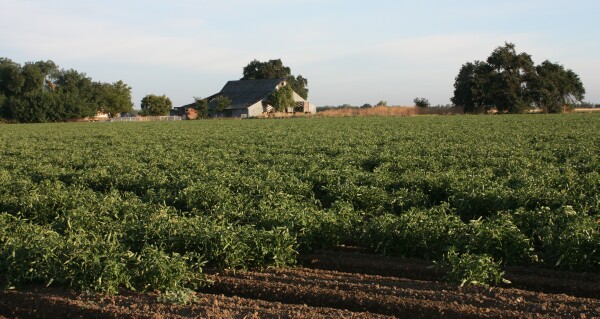
By David M. Greenwald
Executive Editor
Davis, CA – One of the biggest questions Davis will face moving forward is what to do about Measure J. The Measure first passed back in 2000 and then has been renewed in 2010 and 2020 with only minor, technical revisions.
I was reading the actual ordinance recently, and something that jumped out was contained within the “purpose of this article.”
In Section (a) purpose, the ordinance reads: “This action recognizes that continued conversion of agricultural lands to meet urban needs is neither inevitable nor necessary, and that any land use decision affecting such properties shall be subject to a public vote.”
What jumped out at me was the assertion that conversion of agricultural lands to meet urban needs is not “necessary.”
This was of course written 24 years ago now, nearly a quarter of a century ago, but  reading it in 2024, it strikes me as at best severely outdated.
reading it in 2024, it strikes me as at best severely outdated.
Ironically, there were no calculations or planning involved in whether or for how long such an assertion would hold.
For most intents and purposes, Measure J has shut down the outward expansion of the city of Davis—which clearly was part of the intent of the ordinance. As I have noted in previous columns, one of the biggest impacts of Measure J is that it has largely stopped the production of single-family housing in Davis. In the last 16 years, just over 700 such units have been constructed.
But now the city faces a larger challenge—state law.
Last May, a group of citizens put out a guest commentary arguing that the city has “room to grow in existing neighborhoods.”
That article claimed there were about 7000 units of housing within the city that could be utilized.
But it was a deeply flawed analysis. No one seemed to think about the need to match those units to what would count for future RHNAs.
Without going through the entire list, one of the problems is that it conflated past RHNA numbers with present and future.
For example, among those 7000 units were included things like West Davis Active Adult, Davis Live, Nishi, and others that have already been approved and thus counted (ironically of course they are arguing that we have room in existing neighborhoods and yet two of those were Measure J projects).
It also listed things like 264 units at University Commons, that have been taken off the board (although they weren’t at this point).
They also count sites like the Cannery Subdivision and Grande which counted for long ago RHNA.
They list the ubiquitous Chiles Ranch, which was approved decades ago and still not built.
Some of the rezone cites were utilized for the current RHNA—for which of course the council struggled to find enough infill. Some of those were taken off the table by owners such as Mace Blvd. and Montgomery.
And of course, the Downtown Specifics Plan of 1000 units is included in the current Housing Element. (Correction: the 1000 units are NOT included in the current Housing Element and therefore those units built could count towards the Seventh Cycle).
So where is the new housing? Village Farms was included at 1400—again a Measure J site—and it has since expanded slightly to 1800.
There are City Corp yard and the School District headquarters, and there are a few places like the shopping center on East Eighth Street.
But at the end of the day, even their *optimistic* view includes three Measure J sites, some aspirational housing sites, and a whole bunch of sites that either were already exhausted as RHNA figures and were when the council finally got the Housing Element certified.
Then Mayor Will Arnold made the key observation: ““I would just say to those who have said that we will be able to meet our next RHNA cycle numbers without going outside of the city limits. I suggest they tune in or watch the recording of this meeting as we really try to meet our current requirements simply with infill and the difficulty we’re having in doing so.”
The council really struggled to find sufficient rezone sites to accommodate the housing and affordable housing (not calculated in the May 2023 piece) to finish off the Sixth cycle. The Seventh Cycle is clearly going to be a challenge.
The idea expressed in Measure J that the conversion of agricultural lands to meet urban needs is not *necessary* seems very outdated.
That fact certainly suggests the need for the city and community to look at ways to revise Measure J. I don’t think a dated purpose would be sufficient for a court to overturn Measure J.
But as I have predicted, at some point, when it is clear that Measure J is a “constraint to the development of housing” and a barrier to the city meeting its obligations under RHNA, that calculus is likely to change.
The city in a letter to HCD wrote, “While Measure J adds costs, extends processing times, and has been used to halt development projects that would convert agricultural land to urban development, it is only a constraint to meeting housing needs if the city lacks sufficient infill housing sites.”
The city in December recognized that it will lack sufficient infill housing sites going into the Seventh RHNA cycle and that is most likely going to trigger changes—one way or another.

